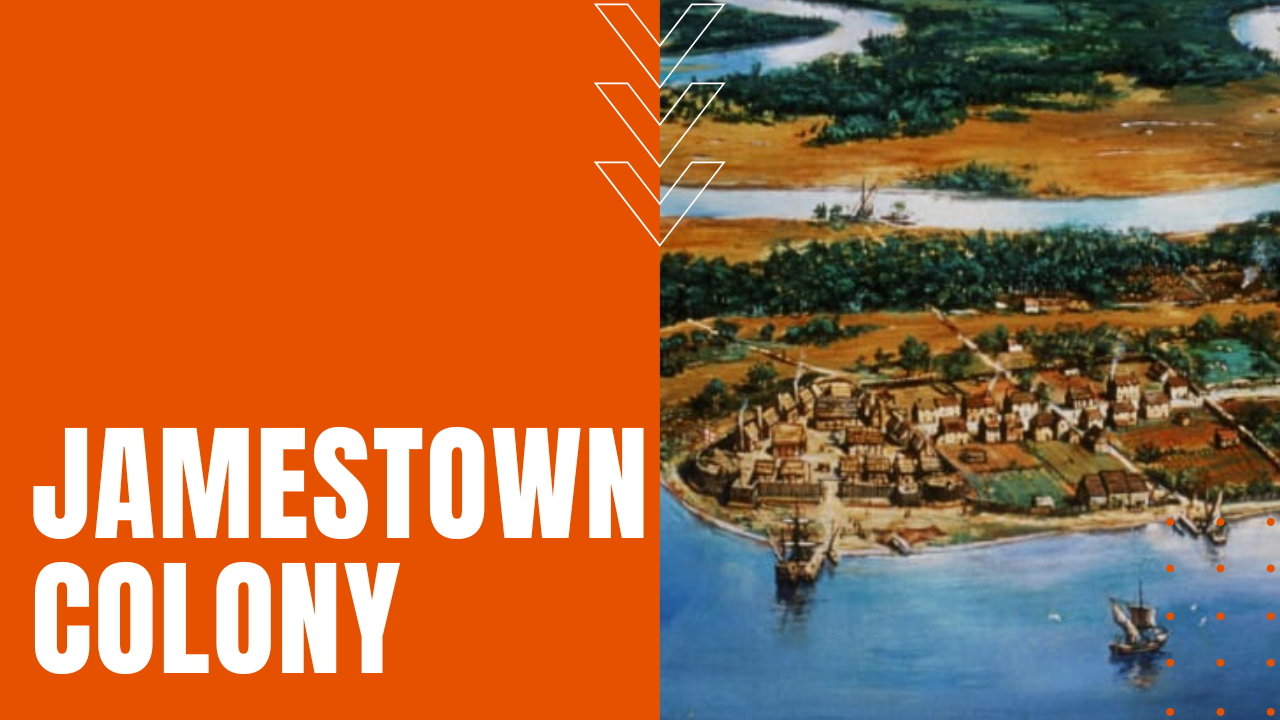Jamestown Colony’s Early Years

During the Age of Exploration, superpower nations like Portugal, Spain and England scrambled to establish colonies in the Americas, including Great Britain’s failed “lost colony” of Roanoke North Carolina, prompting English King James the 1st to grant a charter for yet another attempt at colonizing North America.
In response, the Virginia Company of London set sail in three ships from Blackwall Point on December 20th, 1606—the Susan Constant, the Discovery and Godspeed—with 105 all-male settlers and 39 crewmembers, reaching the Chesapeake Bay in late April, before settling on a narrow peninsula of land along Virginia’s James River on May 13th, 1607.
Founding of Jamestown
Known variously as James Forte, James Towne or James Cittie, the settlers at first built a triangular wooden fortification around an armory, a church and living quarters, and after two ships and all the crewmembers returned to England for supplies in the summer of 1609, the colonist were slowly felled by hunger, attacks by local Algonquian tribes unified under Chief Powhatan, and an array of illnesses such as typhoid and dysentery, most likely caused by contaminated drinking water from a nearby swamp.
Starving Time for Jamestown
Known as “The Starving Time” of 1609, as winter set in, firsthand accounts tell of desperate people eating pets and shoe leather, eventually leading to the winnowing deaths of 100 settlers, amidst horrid reports of starvation and acts of cannibalism.
Come the spring of 1610, two ships returned bearing 150 new settlers and a cache of supplies, just as the original survivors were about to abandon Jamestown. Following the marriage of John Rolfe and Algonquian princess Pocahontas in April of 1614, peace and trade between the settlers and Native tribes ushered in a period known as “The Peace of Pocahontas.”
From Starving to Prospering
After Rolfe’s introduction of a new type of tobacco grown from West Indian seed stock, the Jamestown economy began to flourish after its near extinction four years earlier.
As improving conditions boosted confidence, the English began building other settlements up and down the James River, making the early years at Jamestown Colony, a shaky start for White settlers in the New World.
